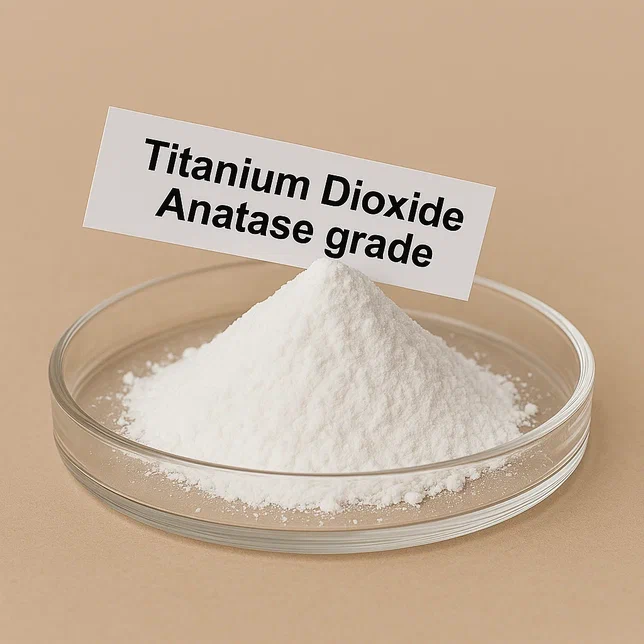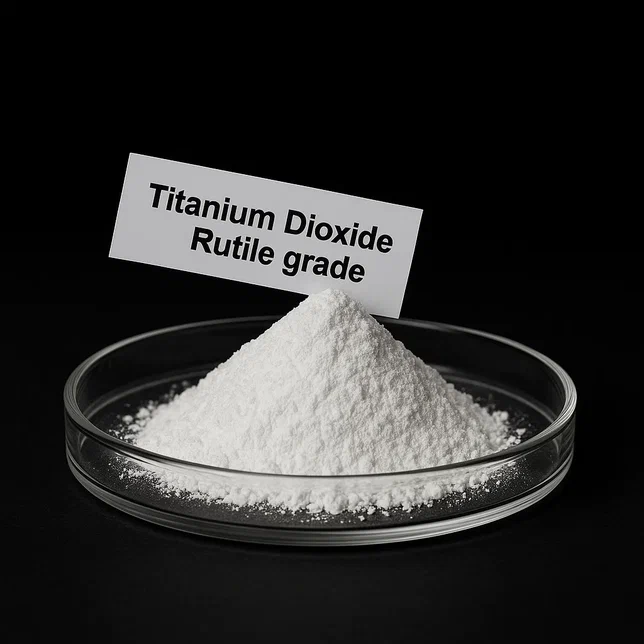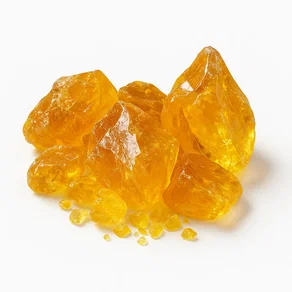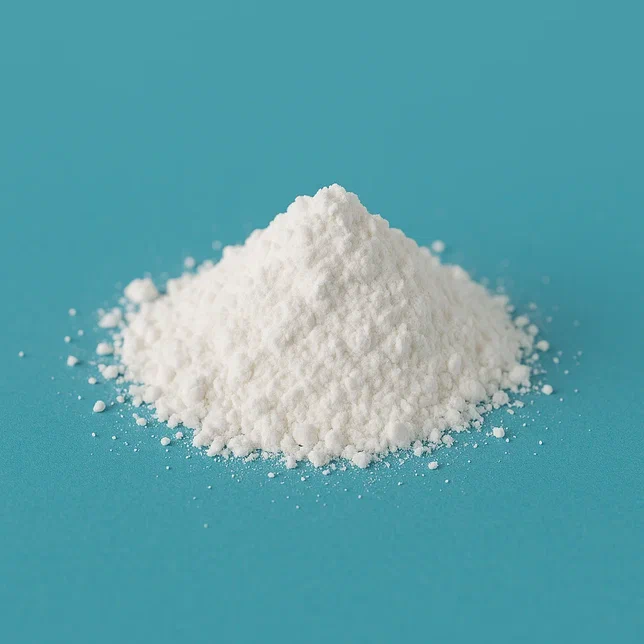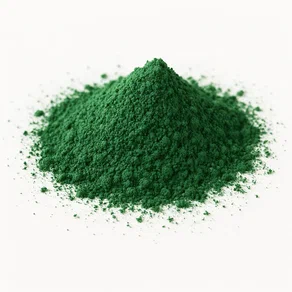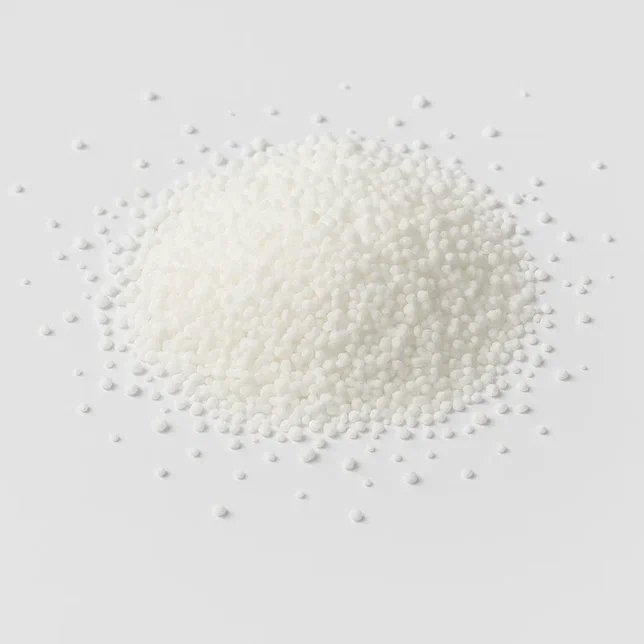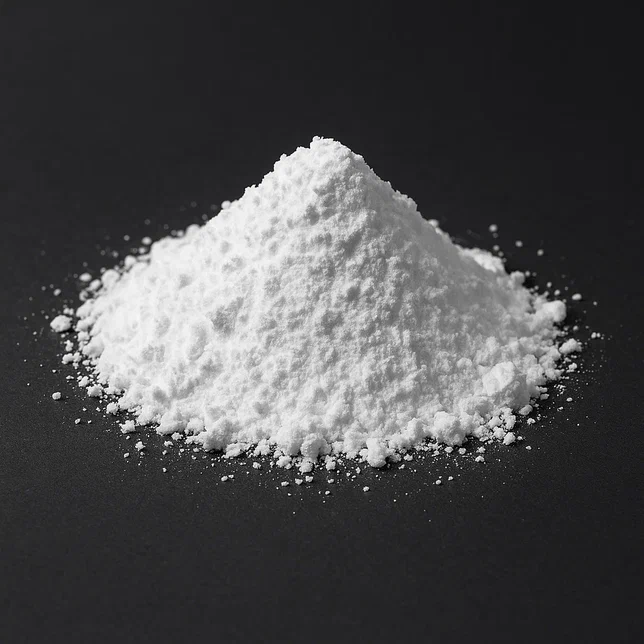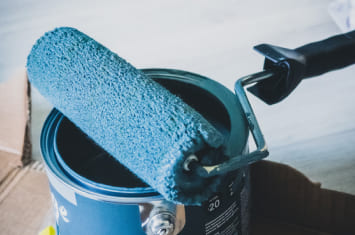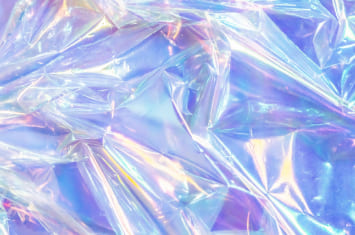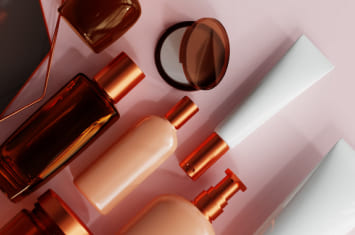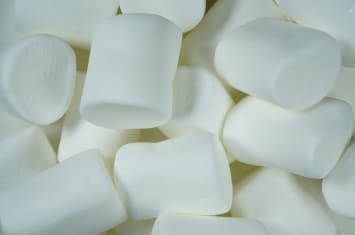Iron Oxide
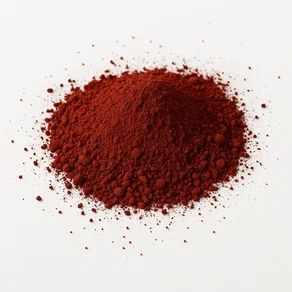
- Description
- Features
- Application
Iron oxide is an inorganic compound of iron and oxygen, widely used in industry as a durable, environmentally friendly pigment. Depending on the form and oxidation state of iron, several main types are distinguished: red (Fe₂O₃), black (Fe₃O₄), yellow (hydrate FeO(OH)), and brown. Each of them has high hiding power, lightfastness, and chemical stability.
Iron oxides are insoluble in water, resistant to ultraviolet light, alkaline and acidic environments, and do not fade, which makes them especially in demand in construction, paints and coatings, ceramics, plastics, and rubber production. Being natural and non-toxic pigments, they are used in formulations requiring stable color, durability, and safety.
| Characteristic | Value |
|---|---|
| Fe₂O₃ content, % | ≥ 96–98 |
| Color | From brick red to dark red |
| Particle size (D₉₀), µm | ≤ 5–10 |
| Specific gravity, g/cm³ | ~5.1 |
| Bulk density, g/cm³ | 0.6–1.0 |
| Melting point | ~1565 °C |
| Alkali/acid resistance | High |
| Stability to UV, light, atmosphere | Excellent |
| Oil absorption, g/100 g | 15–25 (depends on type) |
| Heat resistance | Up to 800–900 °C (in paints and coatings) |
| Water solubility | Insoluble |
-
Construction and architecture — used as a pigment for coloring concrete, paving slabs, bricks, plasters, grouts, and dry building mixes. Provides stable, saturated shades resistant to fading.
-
Paints and coatings industry — used in anticorrosion and facade paints, decorative coatings, primers, especially for metal and reinforced concrete. Ensures excellent hiding power and durability.
-
Ceramics and glazes — added to ceramic bodies, enamels, and glazes to give red, brown, and black shades.
-
Plastics and rubber — serves as a heat-resistant pigment resistant to deformation and UV radiation.
-
Cosmetics (in limited forms) — used in the production of natural pigments for decorative cosmetics (with a high degree of purification).
-
Metallurgy — used as a source of iron in smelting and alloying.
Other products
Applications of Titanium Dioxide
The scope of application of titanium dioxide is wide. Titanium is used in most cases
 EN
EN RUS
RUS